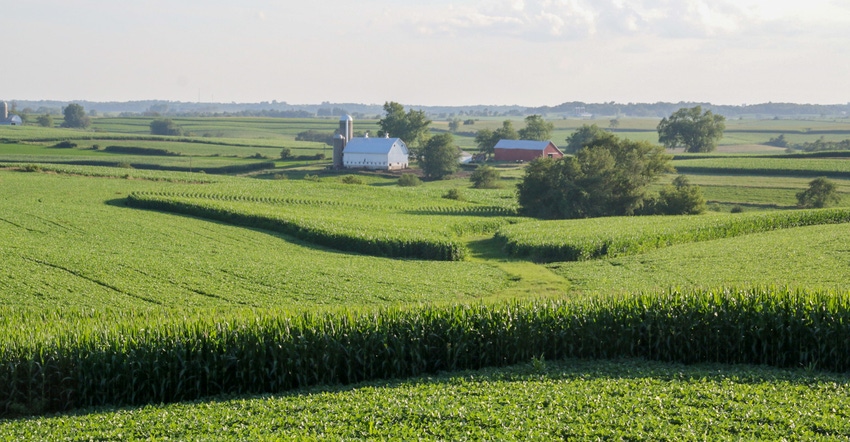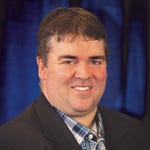June 10, 2020

As farmers, we tend to think in generations and cropping years instead of days or hours. Even with the long-term perspective that comes with our profession, it can be difficult to appreciate what an impact even the smallest changes can have in the long-term sustainability of our farms and land.
The opportunity to serve as a farmer-representative on the 11-member State of Wisconsin Land and Water Conservation Board has enabled me to more deeply appreciate the commitment of farmers and conservation partners across the state. Reviewing the 10-year land and water conservation plans submitted by each county highlights the natural diversity across the state. From the woodlands of the north to the hills in the southwest and the sands of central Wisconsin, each county has its own needs and resources. It’s a good reminder that there is not a one-size-fits-all solution to protecting Wisconsin’s natural resources. We each have to do our part in our own way.
Doing our part
“Doing our part” looks different for each of us and is constantly evolving. New research and technologies provide new ways to approach problems, and more extreme weather conditions are impacting everyone. I also recognize the first step to sustainability is profitability; if you aren’t making money, you aren’t able to invest in new tools and technologies. When margins are tight, it’s difficult to make investments that may take years or generations to fully pay off.
Technology also provides the tools and analytics that make achieving our goals possible. A decade ago, we could do what we thought was right without always knowing for sure. Today’s precision agriculture tools allow us to develop whole-farm conservation plans to maximize production in some areas and seek out conservation opportunities in less productive parts of fields. We can track production and profitability to make sure we are getting the most benefit from the resources we have.
These challenges make it even more important for us to work together. Watershed groups such as Milwaukee River Watershed Clean Farm Families, Yahara Pride Farms and Peninsula Pride Farms are bringing together farmers, landowners and community members while city leaders are finding solutions together to positively impact their communities. I’m excited to be a part of the newly created Grant County Stewardship Influencers that is uniting a diverse group of crop and livestock producers to share our experiences and encourage new models for cover crops, rotations, reducing tillage and more.
Working together also provides the opportunity to share our sustainability story with communities and consumers. As an industry, dairy has done a tremendous job increasing milk production while simultaneously improving animal care and being more efficient with water and other resources. However, we haven’t always taken the time to share those success stories beyond our own circles.
It’s true; many of us are dairy farmers because we like working with cows more than working with people. But stepping out of our comfort zone can be a good thing! Being involved with local commodity and conservation groups such as Pheasants Forever is also a great way to work together to achieve our common goals.
There are times when we need to bridge the communication gaps by clarifying industry terminology or explaining the why behind certain farming and livestock management practices. Helping each other understand the reasons behind what we do can go a long way.
The small steps we take each year will accumulate over time, ensuring that we leave our farms, communities and state better than it was before.

You May Also Like




